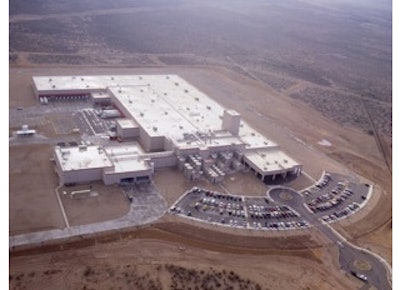
As food manufacturers face stronger regulation and fierce competition, many recognize the need for establishing a strategic plan. This months-long process entails looking at where you are and where you want to go, and creating a roadmap to get you there.
How can your plant increase production without negatively impacting current operations? Should you invest in the capital to modernize equipment or consider expanding your facility? How will adding product lines or new ingredients affect your current process controls? Is your plant prepared to respond in the event of a food safety recall? These are some of the questions a strategic plan can answer.
More stringent food safety requirements, new government regulations and changing consumer demands often require food processing facilities to adjust their business models. Food processors are adding product lines, incorporating more packaging options, adjusting ingredients and expanding product mix, all of which affect people and processes. A strategic plan will account for operational changes and adjustments and determine appropriate courses of action.
A strategic plan with clearly defined operational goals and procedures facilitates effective decision-making, especially where plant design and capital expenditures are involved. The plan should address future growth objectives, which may include expanding the business, introducing new products, locations and market segments.
Business Plan
Food processing companies develop business plans at different stages of their life cycle, especially in preparation to launch a new product line, invest in a facility expansion or to identify new growth opportunities. Conduct a thorough industry analysis to address the specific market segment you serve and customer wants and needs. Is the market climbing the bell curve or well saturated? Who are the current market leaders and what is their brand strategy? What profit margins are typical in the industry?
Manufacturing Plan
A manufacturing plan will identify and assess the processes used to manufacture the products to meet those sales goals outlined in your business plan. Developing a manufacturing plan requires an in-depth analysis of the physical facility, materials, equipment, personnel, storage, logistics and other processes related to manufacturing. The goal is to ensure the appropriate technology is in place and optimize current production practices to meet sales goals. The process of developing the plan will help identify where constraints exist and highlight areas to improve production efficiency.
Master Plan
Part of the strategic planning process entails determining your facility’s physical and site requirements based on growth projections. What will your food processing facility look like in the future based on your growth projections? Will you expand your current facility, buy and develop adjacent property, or will it be necessary to embark on a greenfield project? Having a master plan allows plant owners to make good engineering decisions and manage capital expenditures more efficiently by planning for future growth requirements.
Begin by gathering data about your plant’s current physical location and structure that will help you determine its feasibility in helping you reach strategic goals. Are there planning and zoning issues that may restrict growth? Will your existing facility accommodate increase utility capacity and process equipment? What will your future space needs be?
Food manufacturers may also find it valuable to conduct feasibility studies focused on asset optimization and to maximize the income-generating potential and productivity of existing assets. By analyzing depreciation value, maintenance schedules, sanitary design and operational history (including downtime) of each piece of equipment, a plant can make the necessary process changes to increase production to meet strategic plan goals.
Joe has more than 28 years of experience in the design, engineering and construction of food processing plants. Joe develops architectural and engineering standards to ensure compliance with client procedures, government codes and standards. Joe has managed projects for Burris Refrigerated Logistics, General Mills/Pillsbury Bakeries, Kraft Foods, Nestlé, Sysco and many other brand-name food companies.
For more food industry news and information, subscribe here and follow us on Twitter, Facebook or LinkedIn.



















